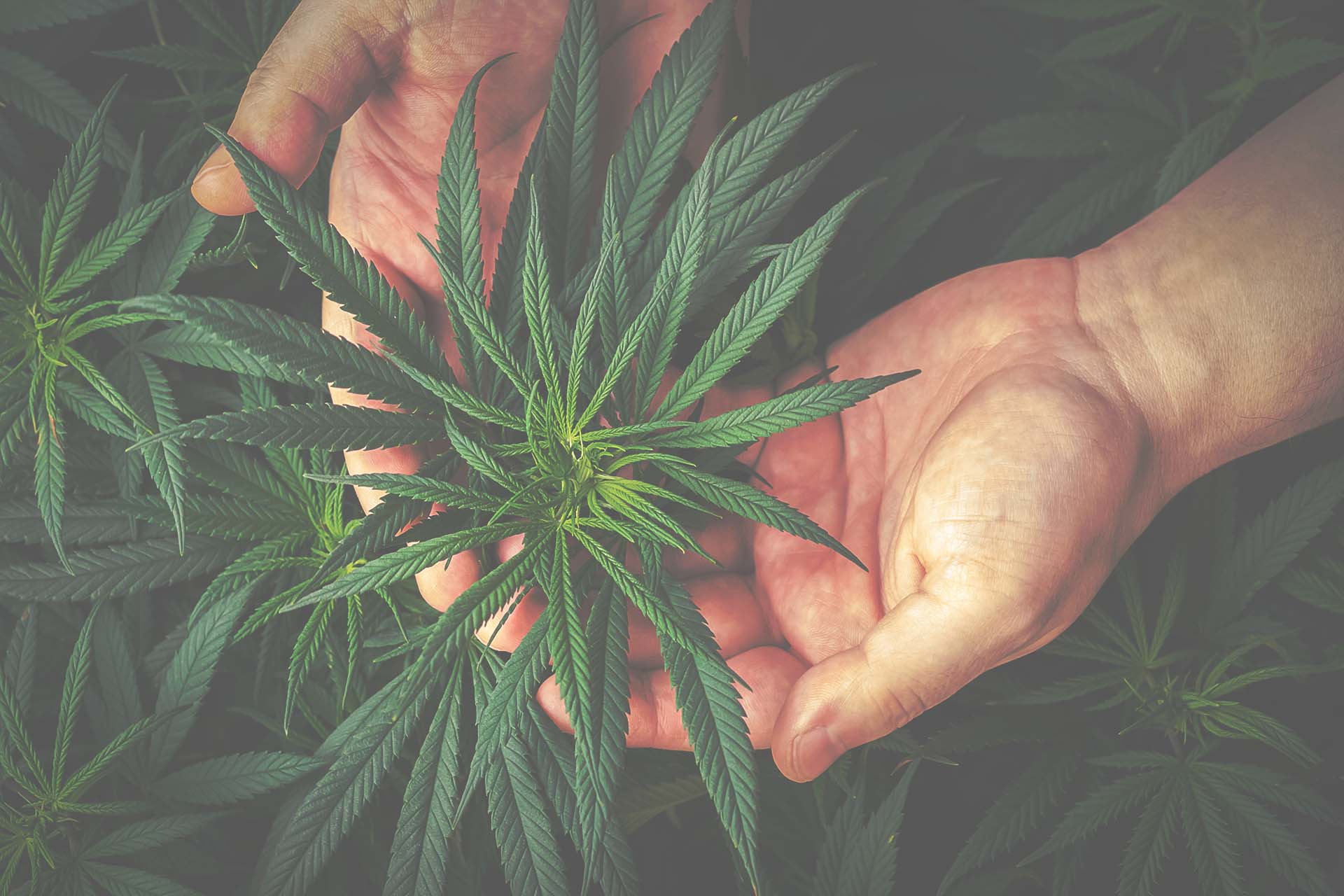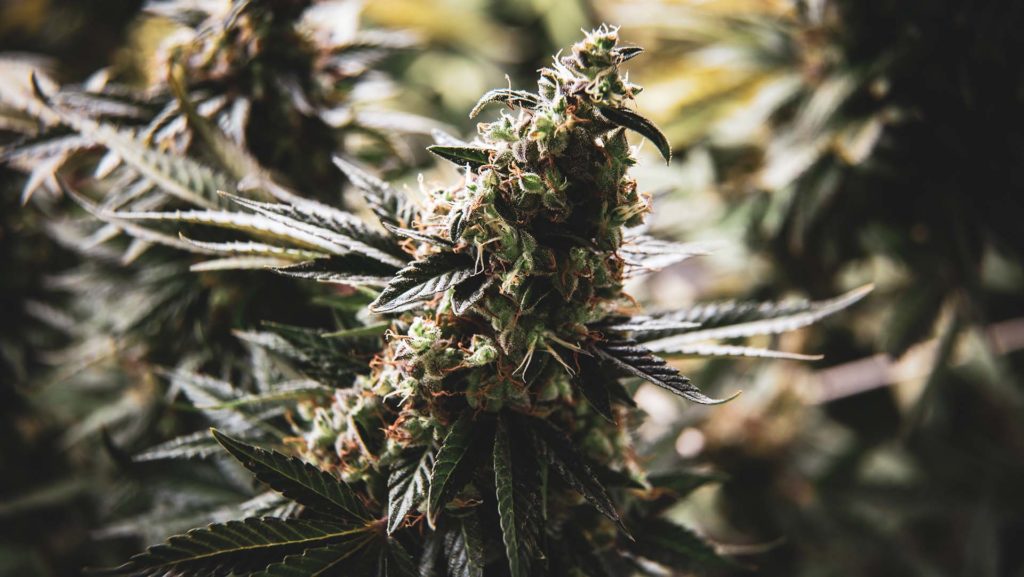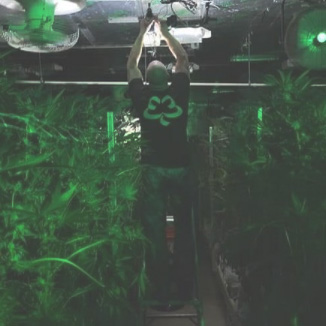The Ultimate Beginner’s Guide to Designing a Grow Room
The Ultimate Beginner’s Guide to Designing a Grow Room
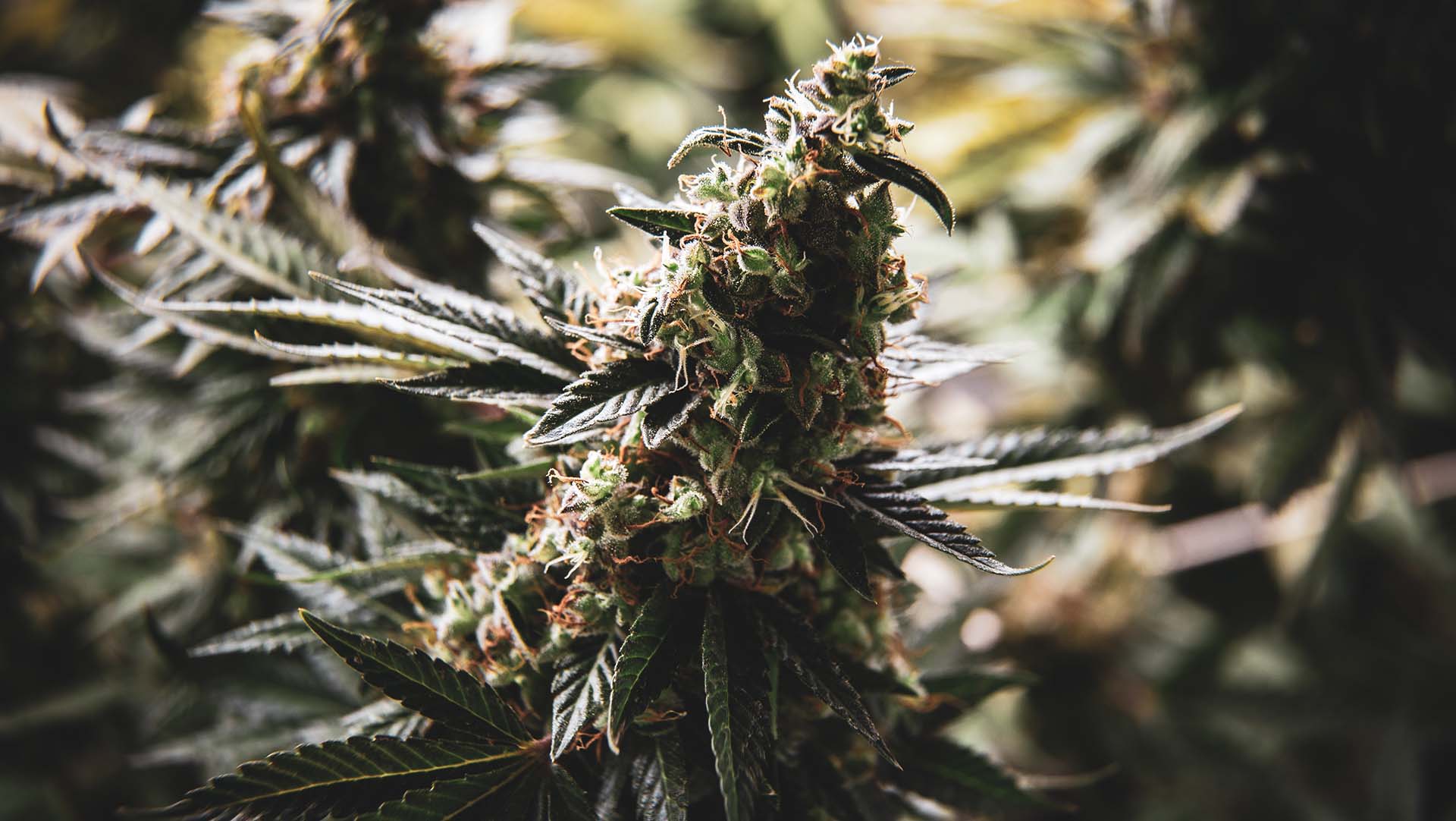
There are more opportunities in the cannabis industry than ever with legalization in 33 states and D.C. Operating your own grow operation is both smart and lucrative, but it requires extensive know-how when designing a grow room. In almost every circumstance, the best way to harvest cannabis is in a controlled indoor environment. Designing a commercial grow room is no easy task, but with the right equipment, staff, know-how, and understanding of the cannabis cultivation business you can recoup your investment and turn a healthy profit.
What to Know Before Starting a Commercial Grow Room
Starting a commercial grow operation isn’t as simple as signing a lease and putting some cannabis seeds in a pot. Also, growing in your garage or home grow room does not mean you understand growing at this level of scale, they are two different worlds. You’re definitely going to want to invest in a professional grow room designer.
The first thing you’ll need to do is apply for a cannabis cultivation license. Since there is no federal legalization, laws in each state vary, many states have strict limits on the number of licenses available. Meaning you’ll be facing some serious competition and in many instances only have one opportunity to obtain a license. Here are four things you need to do before applying for a cultivation license and becoming a commercial grower.
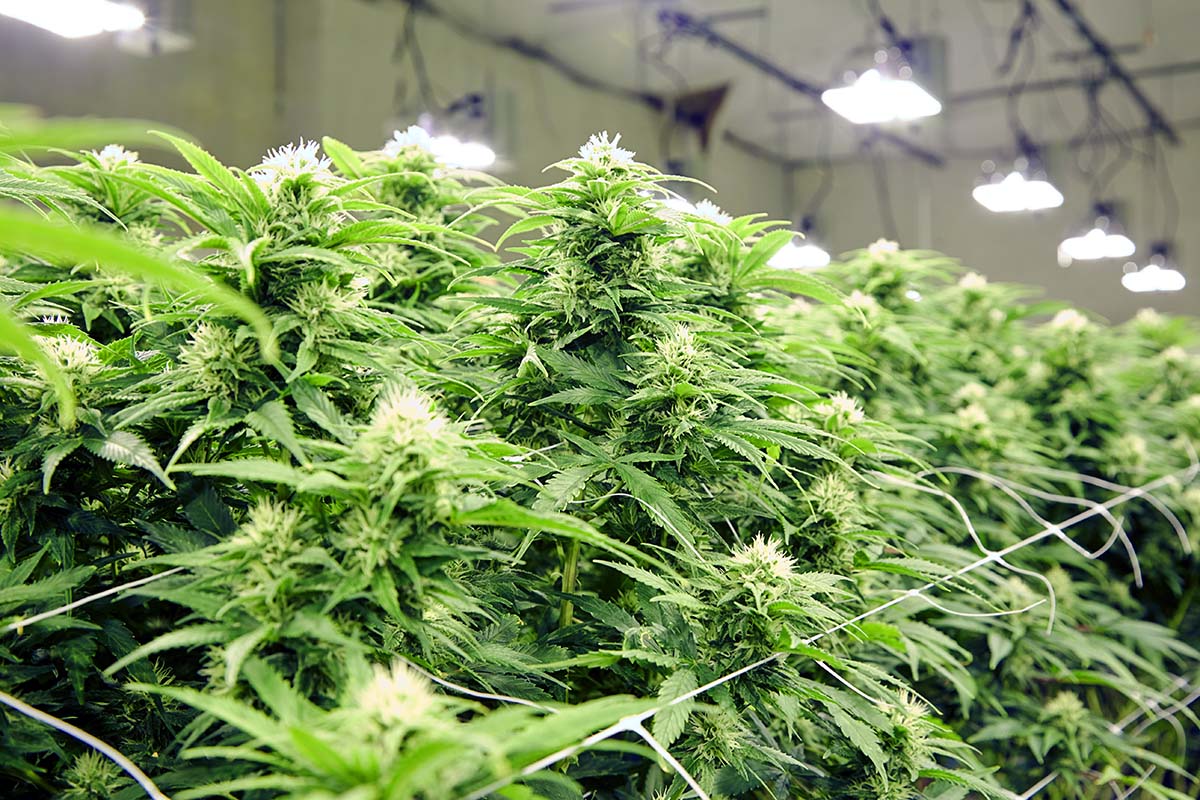
1. Consult a Cannabis Industry Lawyer
Unless you specialize in law yourself, consult with an attorney who can guide you through the cannabis laws in your state. Caution is key because cannabis is still illegal at the federal level and compliance with state-level laws must be maintained. Locating cannabis lawyers using the database from the National Organization for Reforming Marijuana Laws (NORML) is a good place to start if you don’t know any lawyers in the cannabis industry.
What About Cannabis Consultants?
Cannabis consultants are a varied lot, there are small companies and individual consultants, there are firms, and so on and so forth. They also specialize in many different areas, real estate, design and buildout, cultivation, compliance, cannabis licensing consultants, etc.
We suggest always consulting a lawyer first and keeping anything legally binding within their scope of work. E3 Cannabis advises that you bring in consultants as needed that specialize in areas that are important to the licensing process to start, and then expanding into others areas once your business is up and running.
Practice Due Diligence
Be sure to practice due diligence when trying to decide on what lawyers and consultants to work with. Especially cannabis consultants, anyone can say they are a cannabis consultant. Lawyers are a different story, years of schooling and testing are required to become a lawyer, however, due diligence should be practiced with lawyers as well.
Speaking of lawyers and cannabis consultants, consultants may offer one-sided contracts, or even take advantage of new operators by convincing them to give over a percentage of ownership rather than payment. So be sure to hire and consult with a lawyer first and retain them to protect yourself in a new industry.

2. Establish a Development Team
Commercial-scale grow operations require your expertise, but you also need a well-rounded team. You want to seek out highly qualified and skilled professionals to improve your chances of obtaining a license but also to develop and grow your business. Consider enlisting:
- Physicians if you are in the medical industry
- Engineers
- Horticulturists
- Administrators
- Security managers
- Operations managers
- Compliance Experts
- Marketing and Branding Experts (for vertically integrated facilities)
You don’t necessarily need all of these roles filled to run an efficient operation, but it’s important to at least consider them as you create your business plan.
3. Find a Commercial Grow Operation Location
The most important decision is where you choose to establish your cannabis cultivation operation. This includes the geographic location as well as the structure itself.
This decision will shape the rest of your decision-making when it comes to commercial grow room design, buildout, and function. You’ll also be able to your setup costs at this point. Lastly, it will affect the long-term success of your cultivation facility and cannabusiness itself, so be sure to consider all the factors and practice due diligence.
Don’t settle for the wrong location
Choosing the best location for your indoor grow operation needs seems like it’s pretty simple, but it’s not. We’ve seen many operators make huge mistakes initially by choosing a counterproductive location to their needs and goals. We’ve also seen many operators cut corners to save money when in reality they’ve hamstrung their indoor cultivation capabilities and cost themselves more money in the long run.
This is completely understandable as there are many factors to weigh when choosing a location, it can be overwhelming. The first big decision is will you be building something entirely new, or retrofitting and optimizing a pre-existing structure? Will you be renting or buying the cannabis cultivation facility? How much square footage will you need to grow in? How many rooms and what kind of rooms are included? Other high-priority factors are water supply, power supply and access, as well as state, local, and municipality regulations.
Lastly, is the facility in a green zone aka a cannabis-friendly property? Investing in a compliance consultant and or a cannabis real estate professional is a good move and will save you time, money, and headaches. Finding the right location and facility that abides by cannabis zoning laws can be very complicated and frustrating, however, once you find a location you can concentrate on facility design, buildout, and setting up your grow operation.
It’s extremely hard to get a cultivation facility heading in the right direction with a broken foundation. Choose wisely and choose for long-term success. Employing experts to assist you with your facility design is highly recommended.
Be sure to account for vertical space in your indoor grow facilities.
The higher the ceilings in your grow operations the better the lighting, it’s really that simple. Low ceilings and dark veg or flower rooms are a massive challenge for indoor cannabis cultivation. Producing top-quality cannabis is challenging in cramped spaces with no room for light, if not impossible.
Many of us tend to think of the horizontal space when dreaming up possible indoor grow room designs. We often forget that vertical space is also extremely valuable. Investing in a grow facility that has higher ceilings is a wise choice that leads to long-term success, happy master growers, and increased profit margins.
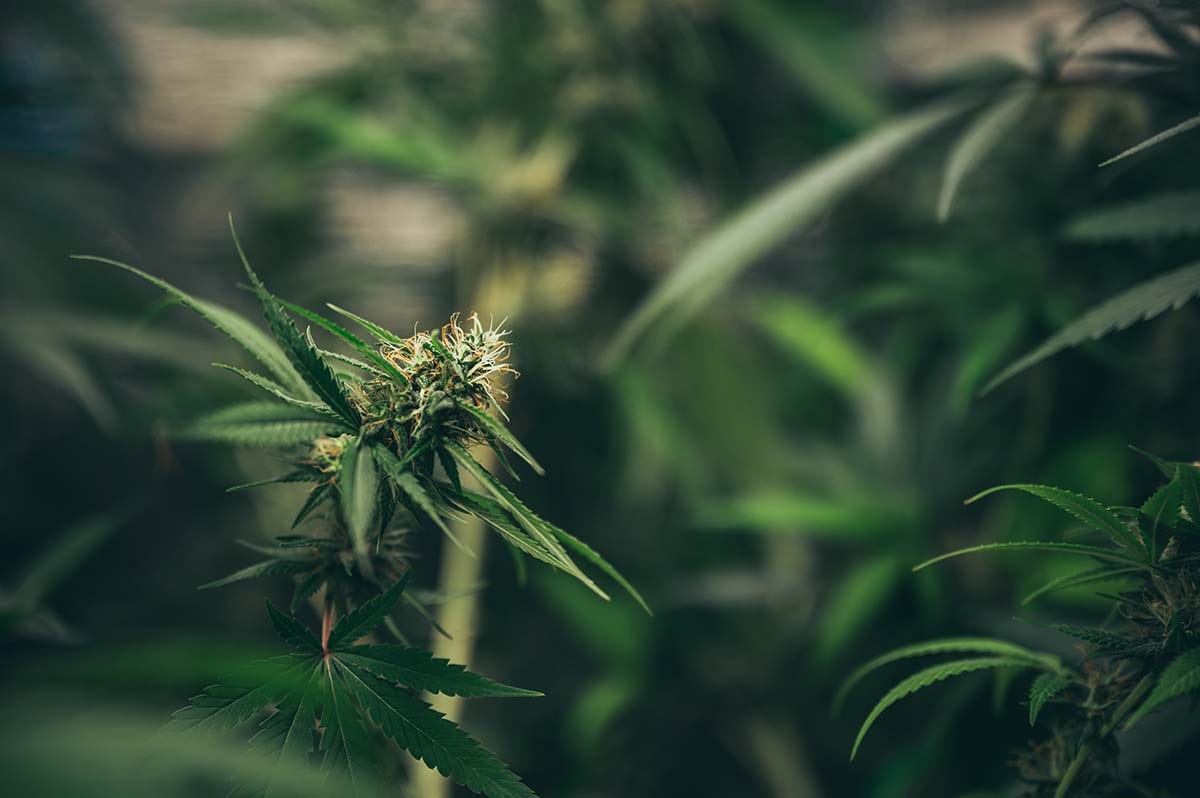
4. Define Your Commercial Cannabis Cultivation Business and Operations Plans
So you want to try your hand at indoor growing, and establish yourself in the cannabis industry? First, you’ll need a plan.
Before designing your indoor cultivation facility or grow rooms, you must first decide how your commercial cannabis grow operation will generate revenue. What and who is your target market? Are you establishing a recreational or medical cannabis business? Are you vertically integrated and be creating your own cannabis products, or will you be wholesaling to dispensaries? Are you looking to grow for the mass consumer market, or are you trying to establish yourself as a craft or boutique cultivator? How many plants will you be growing?
It is beneficial to know how every aspect of your cultivation business, from growing and harvest, to marketing and selling, and how they will work together. Once you have a good business plan the design of your indoor cultivation operation and or grow room should become easier and more organic. You’ll have a better grasp of the big picture of your marijuana business over the long term.
First-time business owners are encouraged to communicate with their state’s governing agency as well as hire professionals to help guide the facility design.
Post Licensing Checklist
Here is a checklist of the different facets to keep in mind while designing and ultimately building out your cannabis grow facilities and grow spaces to ensure success in a highly competitive and new market.
For the sake of simplicity, this checklist assumes you already have a license which we briefly covered above.
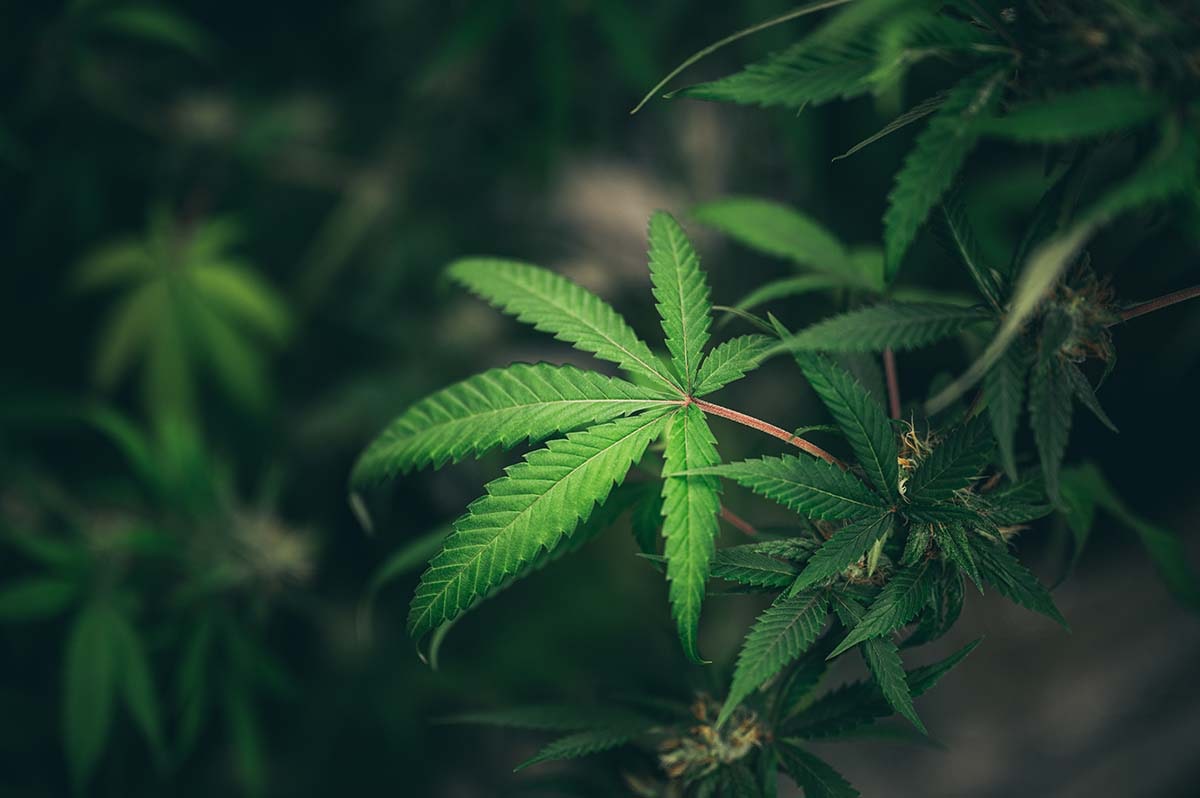
1. Hire a Professional Grow Room Designer
When designing large-scale indoor grow facilities it’s best to pick someone who is familiar with the cannabis industry. These designers will understand all the ins and outs of a commercial grow room setup, they should also have a firm grasp of commercial cannabis business operations. The cannabis industry is young, and constantly evolving so you’ll want to hire a design team that has experience.
A professional grow room designer will also be able to help with how much space will be needed and how to best optimize your grow space. A good designer will also know the regulations for both the recreational and medical marijuana markets, as well as understand the needs of the cannabis plant.
2. Determine Your Cultivation Technique
Before you design an entire indoor cultivation facility or individual grow room you need to determine your chosen cultivation method. There are a lot of cultivation techniques out there, vertical, Sea of Green growing, or will you be growing big green monsters? What grow medium will you be using, a hydroponic system, aeroponics, living organic soil, or coco? Learning more about plant growth, especially understanding the cannabis plant from young plants to plants in the flowering stage is vital.
Your cultivation technique of choice will also determine how to best utilize the space you will be designing or optimizing.
Your cultivation technique needs to be decided as soon as possible and before the design process begins. Why? Because your cultivation method determines what you should be designing from the ground up or searching for in a pre-existing structure.
Growing Vertical or Single-Layer Cannabis Plants
What are the best ways to make use of your commercial grow room design space? Consider adopting a multi-tier system, using roll-top benches, and maximizing your available canopy space. Once you’ve considered all these factors it’s important to carefully think about this stage of grow room design before moving forward with any decisions.
Implementing a multi-tier grow system can make the most of your space footage, it can lead to neglect. It’s vital that cultivators physically inspect all of their plants every day. Automatic sensors can aid in reducing labor in the garden and save valuable time however, it is not a replacement for checking your cannabis plants with your own eyes.
E3 Cannabis advises that for vegetative rooms two tiers work the most effectively. For plants in the flowering stage, we’d suggest you try and keep it simple. People are only human, whether it’s laziness, fatigue, or being forgetful there will be mistakes made including not checking the upper tiers daily.
Strive for a Consistent Flower Room Size
Designing a cannabis cultivation facility requires careful consideration of how the design affects daily operations. The core of your design should be your flower grow rooms, everything works off that foundation.
To keep things simple it is highly recommended that your flower rooms all be the same size with the same canopy space. This will help your facility greatly with the production process, especially with grow rooms in the flowering stage. Staying organized and being consistent is a priority when it comes to the success of your indoor cultivation.
Luckily planning the design for veg and clones rooms as well as curing rooms is much simpler and leaves more wiggle room if things go sideways.
K.I.S.S. “Keep it simple, stupid” is an acronym we’d definitely apply here, making sure your flowering grow rooms are the same size is a no-brainer if you want consistent yields.
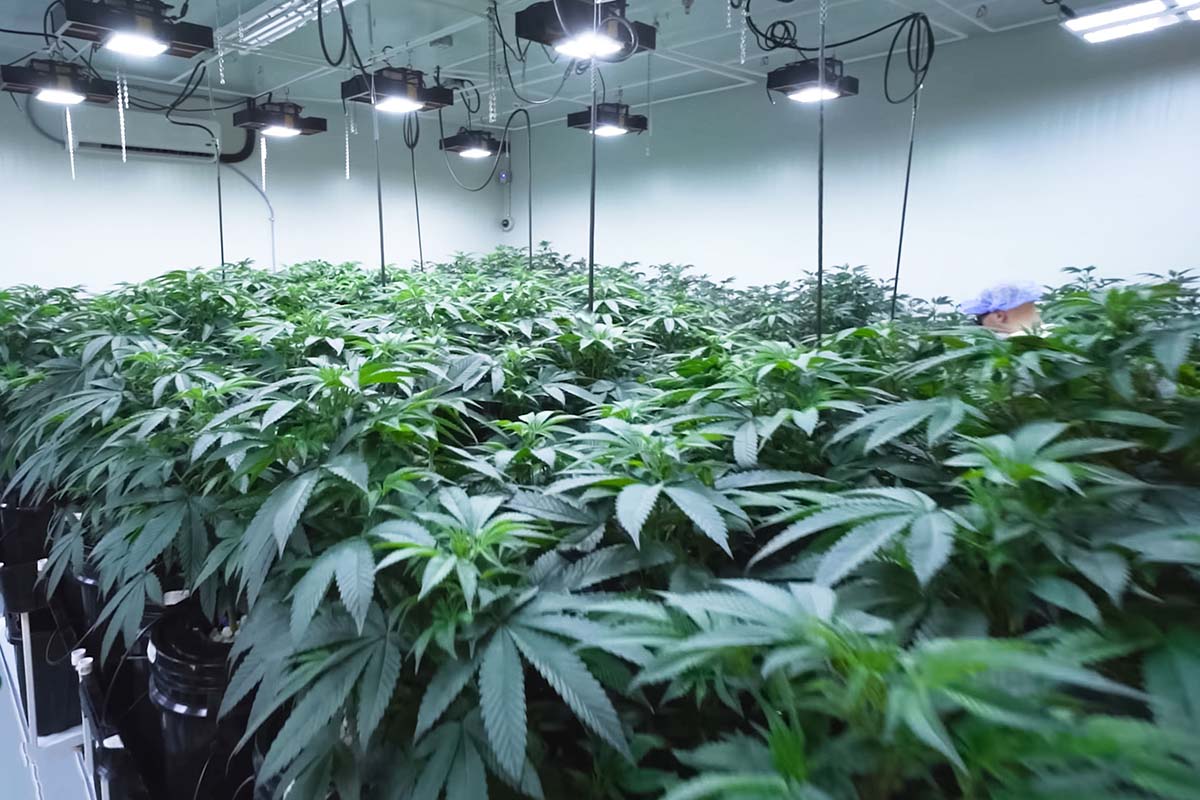
3. Choosing your Grow Room Lighting
Lighting systems in your facility’s grow room needs to be determined pretty earlier on as well. Will your indoor cultivation facility be using an LED lighting system or the more traditional High Intensity Discharge (HID) lighting? LEDs and MH/HPS HID lighting both have their pros and cons, here are some of the pros of choosing LED grow room lighting.
- LEDs are more expensive than HIDs, however, you’ll recoup the cost difference after just a few electric bills.
- LEDs run much cooler and provide as much light as HIDs without the huge electricity bills to run the grow op lighting and cool the room.
- LED lights are far more energy-efficient and environmentally friendly
- Facility power usage and access becomes more attainable in certain areas
- Reduced air conditioning and HVAC costs in general
- When choosing or designing a facility the vertical space is not as mission-critical
LED lighting is much more affordable across the board, leading to a quicker ROI and entry into the market for your grow operation. Being able to cut down on energy consumption and associated costs is very attractive as well as being conscious of the environment. LED grow lights definitely win out in the energy efficiency department and can be very effective in a commercial grow room environment.
Again we feel it really depends on the grow facility itself, what are its goals, budget, location, etc. to really give an objective answer on what type of lighting is best.
You can see why choosing your lighting type early on is important, it will affect some other decisions directly, like your HVAC design.
4. Determine your HVAC and Climate Control Needs
Once you know how you will be growing, what lights you’ll be using, and your location it’s time to start thinking about your HVAC and general climate control needs. A commercial grow room requires some serious knowledge and equipment to optimize your cannabis production. It also requires some serious power consumption, designing an HVAC system for energy efficiency can have a huge impact on many grow ops.
HVAC is a necessity when it comes to being able to run a grow facility at all levels, whether it’s a basement grow room, a 5,000 sq. foot grow, or a massive warehouse grow. Cannabis plants thrive in certain climates and it’s important to recreate that in an indoor setting.
A properly design and built-out climate-controlled commercial grow room should allow for temperature, humidity, and ventilation systems that can be controlled easily. Energy access and consumption are important factors with your HVAC and climate-controlled grow room, so whether you are upgrading a pre-existing structure or facility or building something new make sure to account for your energy needs.
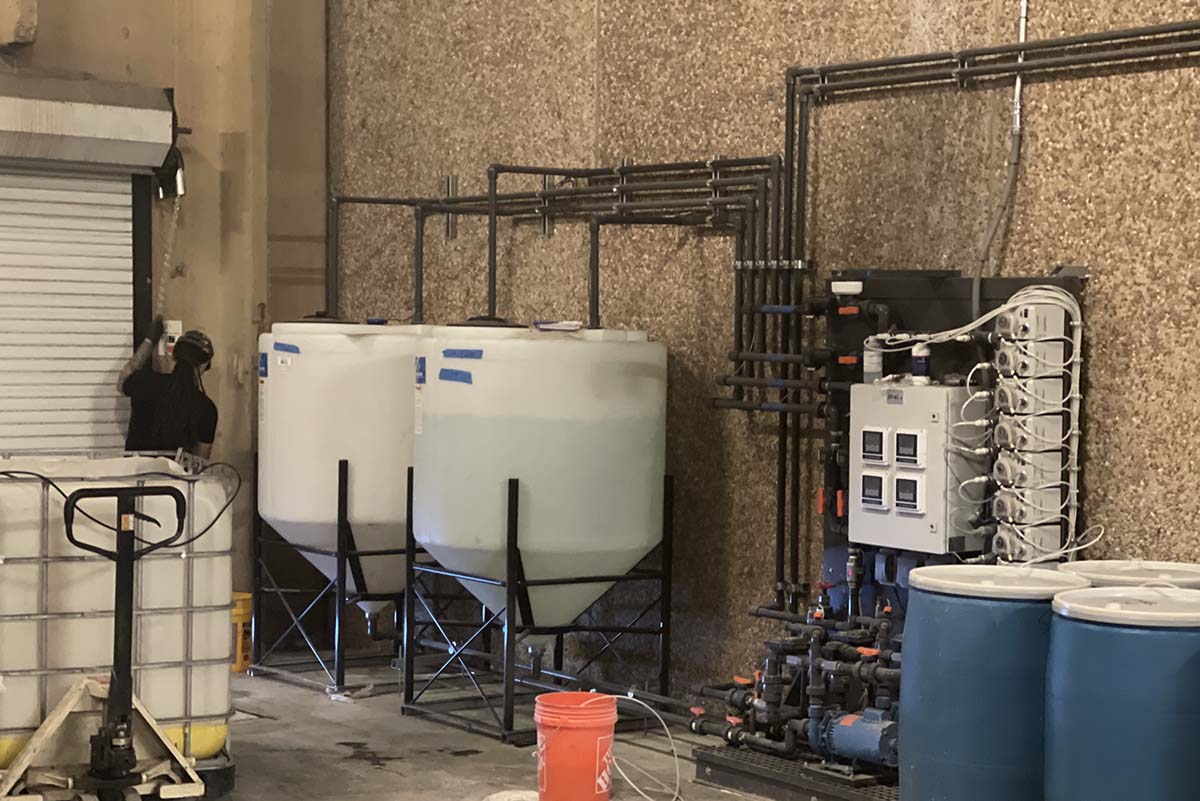
5. Irrigation and Fertigation Systems
The larger your commercial cannabis grow room, the more impractical it becomes to have humans doing the watering. An irrigation system will save you money in the long run by delivering exactly the right amount of water with each cycle, freeing up employees to perform other important. Irrigation systems lead to more uniform watering which will result in more consistent quality and yield, running a more efficient garden is the goal, and irrigation systems help.
Fertigation is the process of adding water-soluble fertilizers directly to irrigation lines. This is done by combining the fertilizer with water in a reservoir, and then introducing the mixture into your irrigation line. Fertigation systems can be a huge benefit to larger gardens.
Both of these systems also improve employee morale. It’s a win-win situation.
6. Cultivation Consumables
Consumables include the marijuana plants themselves, growing medium, water, nutrients, and supplements. Nutrients have the widest variance of potential overhead and are not an area where you want to try and cut corners if you want to be successful.
When growing in organic soil, you must consider not only the type but also the amount of soil necessary for your particular needs as well as the cost of the amendments. You can choose an all-in-one cannabis-specific soil for ease, but it will be more expensive than purchasing soil and amendments separately. On the other hand, the convenience of pre-mixed soil allows you to free up employees for other tasks.
Nutrients, your plant food, plays a significant role in the quality of your marijuana plants. Nutrients made to the unique specifications of cannabis almost always have a huge markup in price. However, you can eliminate the additional cost by making your own large-batch fertilizer. This does take some extra time but is well worth the end results.
7. Security
It’s serious work when it comes to commercial cannabis security. In most states if not all cannabis business security is a must to even be granted a license.
A security system should include video surveillance, individual authentication of employees (through card keys or fingerprints), and an alarm system to let you know if your building is breached or staff is walking out the door with plants or products. While a complete security system is one of the bigger costs a commercial grow room setup will incur, you don’t want to cut costs here and be on the wrong end of a compliance audit.
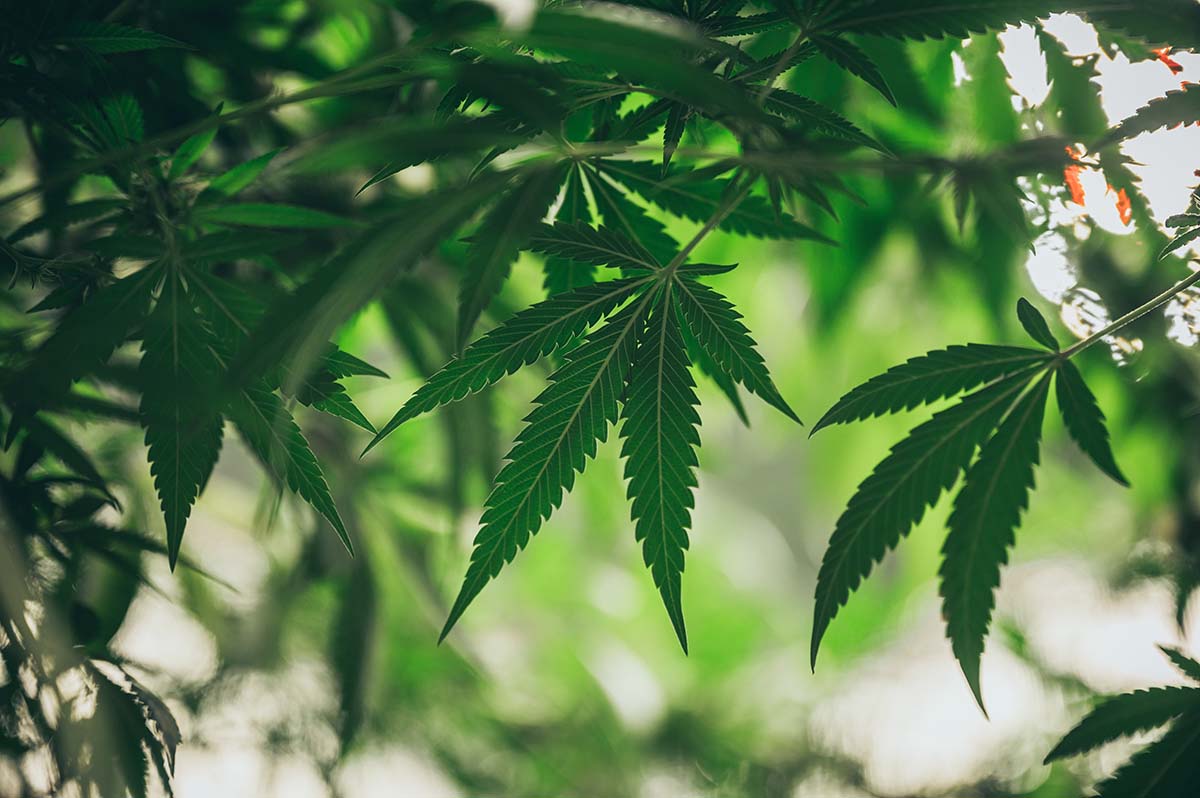
8. Pest Management
Commercial crops are always at risk of pest damage, no matter where they are grown. However, this risk is much less pronounced when you grow your plants indoors. There are still a number of steps you can take to prevent any potential damage to your crop in indoor settings. One being establishing a serious HVAC and climate-controlled grow space.
If you use pesticides, be sure to use those specifically approved for cannabis growth in your state. Do not grow a crop with pesticides that are not approved, you will lose your whole crop which is catastrophic.
Pests can be prevented from entering your grow spaces by installing weather-stripping. It not only seals up entrances, it also increases the energy efficiency of your setup. Saving you time, money, and grief.
Your integrated pest management plan will help you identify, manage and eliminate pests efficiently. The goal of this plan is to create a balanced ecosystem that protects plants from bugs and other pests, which should minimize the need for pesticides.
9. Embrace Technology in your Commercial Grow Rooms
Don’t be afraid to embrace technology in your commercial grow room. Whether it be logging grow room data, automation, security, standard operating procedures, or any other need that may need to be filled.
Sure, the learning curve on some aspects can be a bit advanced but the overall payoff is well worth it. Why work harder when you can work smarter and obtain better results? Using technology to dial in your cannabis production is a winning situation.
Being able to automate your data logging is a huge positive, manual data entry can get sloppy and be forgotten, mistakes can and will be made. Automating your cannabis grow data has a huge upside as continuous data monitoring produces the best plants, leads to a smaller overhead, reduces costly mistakes, and allows you to objectively plan for the long term. Truly optimizing your cannabis production.
Being able to monitor and control lighting, humidity, temperature, CO2, nutrient levels, feeding schedules, and grow room security speaks for itself. Operators love it and your grow room staff will love it. You do want to think about your staff, giving your master gardener and their team more tools to work with while making them more efficient is another good reason to invest in technology.
Lastly, if you are still not sold on technology in your grow room your competition most certainly is. Many commercial cannabis companies are leveraging technology when it comes to growing cannabis and overall business growth.
There is a myriad of commercial grow room software out there all with their own pros and cons. We have some of our favorite software and automation tools but it really comes down to your own individual needs to find out what software or tools are the “best”.
10. Backup Power Sources
The common theme with canna cultivation is that it requires a lot of power. When your electricity supply is interrupted, the consequences can vary from a slight loss in quality to significant losses or even losing your whole crop depending on how long you go without power.
Choosing an appropriately sized backup generator for emergencies is essential as it needs to be able to power all your critical garden systems.
Commercial cannabis growers often overlook the importance of backup generators, but they should be an essential part of your initial investment. Operating a commercial grow without backup power supplies invites disaster. It only takes a few hours of downtime for your carefully designed growing environment to suffer catastrophic destabilization, and it will wipe out all your profits if it isn’t caught and remedied quickly. Don’t cut corners here unless you want to court disaster.
11. Build a Strong Cultivation Team
A good indoor cultivation design should lead to the acquisition of a high-quality master grower and grow team. Just like anyone else with a skill set in high demand a master grower and staff are looking for the best possible grow operation to establish long-term success.
The better designed your facility the better the professionals you should attract. The market is booming and more states are coming on board, master growers and cultivation professionals have a ton of options in many markets. Why should they choose you?
When choosing your team look for knowledgeable and experienced cultivators who also understand the importance of teamwork. Cultivating cannabis and running an indoor grow facility takes a lot of know-how which is only gained through experience. It’s also very hard work and requires a well-oiled team to be efficient and bountiful. At the end of the day, your team is and always will be your greatest asset.
Design a great cultivation facility, attract the top talent, achieve optimal results.
Share This Post

Keith Gigliotti - Founder of Ad Astra Cannabis Branding and Delta 9 Digital
Keith is founder of both Ad Astra Cannabis Branding and Delta 9 Digital. He also handles the marketing and branding for E3 Cannabis. Keith is an avid cannabis advocate, who loves playing tabletop roleplaying games, making music, and digital painting. He has over 20 years of experience in the marketing and branding world, has been a Director of Branding, Marketing, Technology, and Creative Design in the cannabis industry. His specialties include on-page SEO, web design, and visual brand identity.
More To Explore
Contact E3 Cannabis Service Group to Schedule a Consultation
How Can We Help You Design and Build Your Dream Facility?
